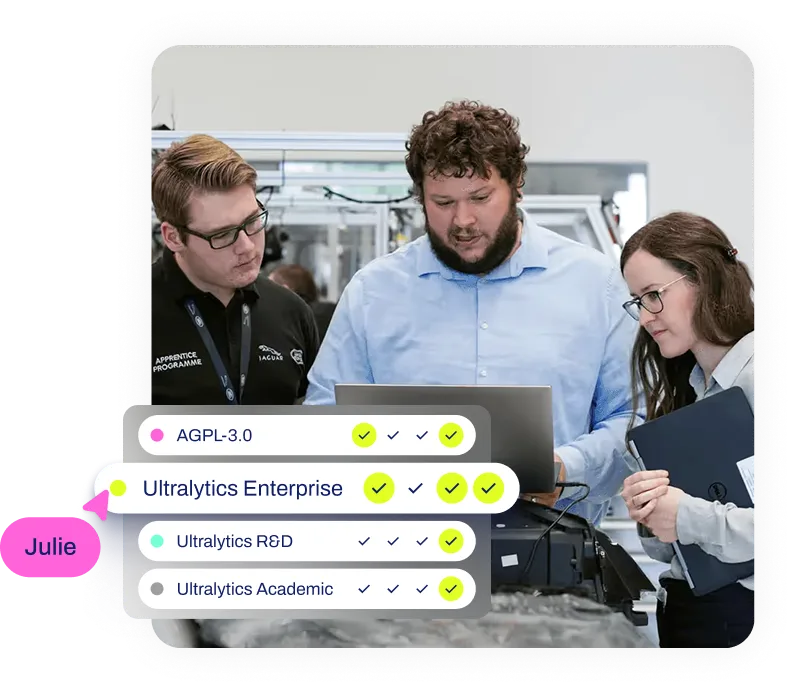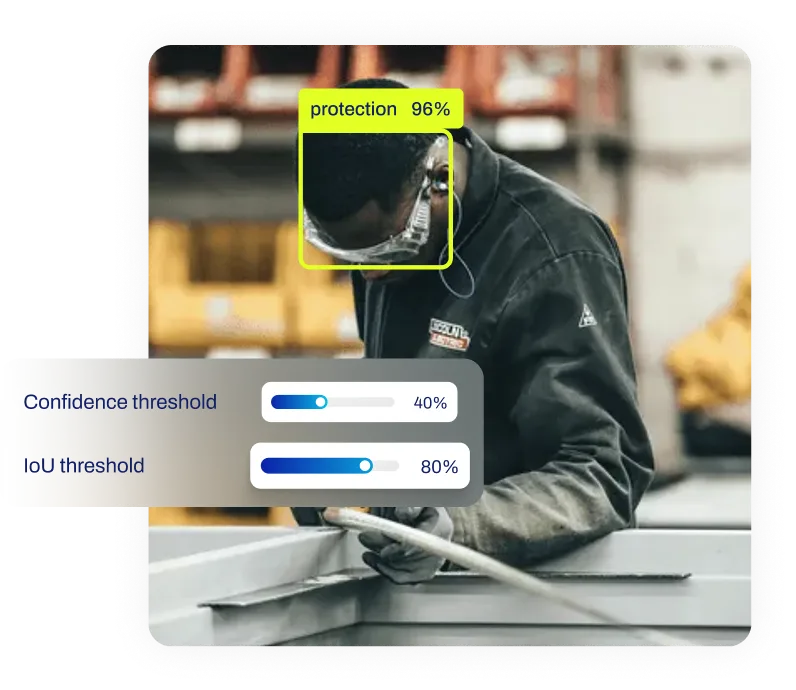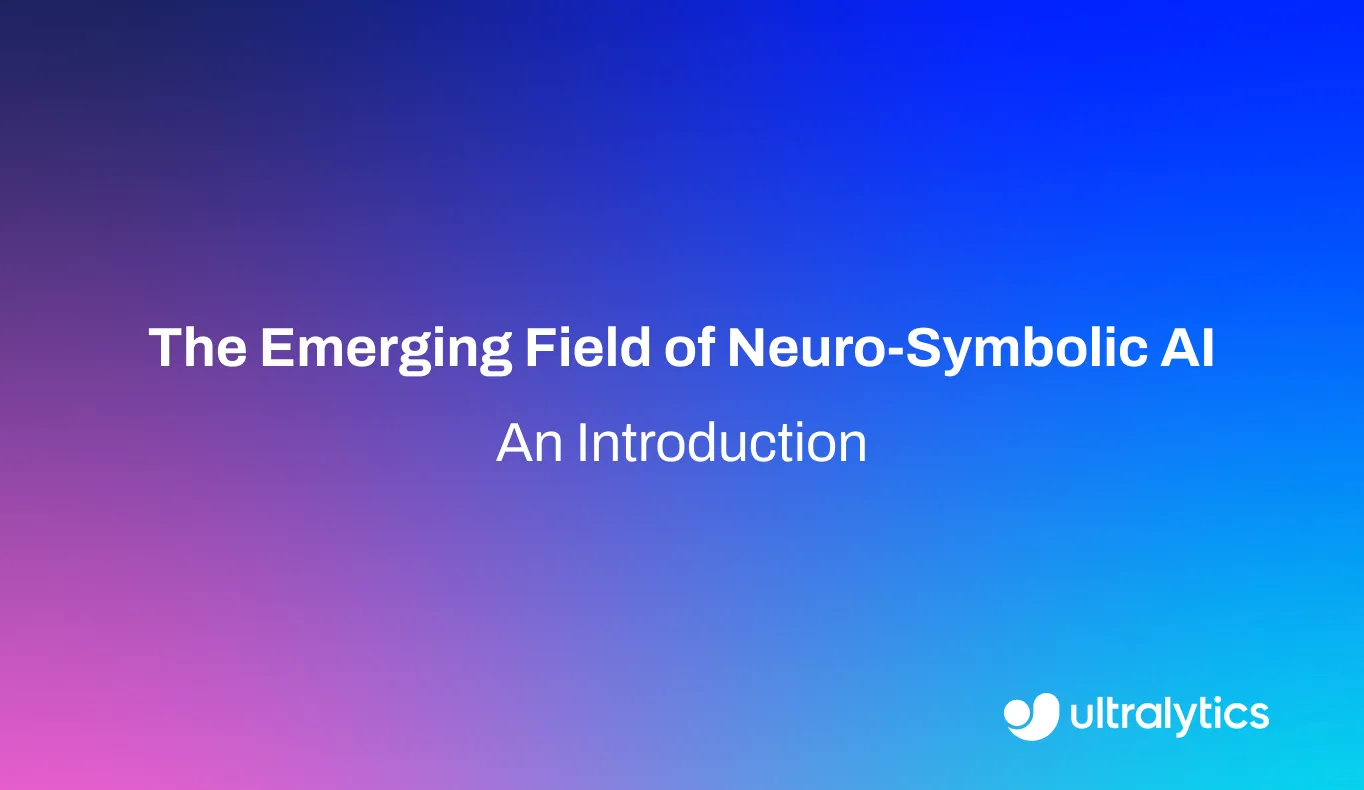Segurança de Dados
Descubra como práticas robustas de segurança de dados protegem os sistemas de IA e ML, garantindo a integridade dos dados, a confiança e a conformidade.
A Segurança de Dados é a prática de proteger informações digitais contra acesso não autorizado, corrupção ou roubo durante todo o seu ciclo de vida. No contexto da Inteligência Artificial (IA) e do Aprendizado de Máquina (ML), a segurança de dados envolve a proteção dos conjuntos de dados usados para treinamento e validação de modelos, os próprios modelos e a infraestrutura na qual eles são executados. A implementação de medidas robustas de segurança de dados é crucial para a construção de sistemas de IA confiáveis, protegendo informações confidenciais e garantindo a integridade dos resultados orientados por IA. Sem ela, os modelos ficam vulneráveis a ameaças que podem comprometer seu desempenho e levar a sérias consequências no mundo real.
A Importância da Segurança de Dados na IA
Os dados são a força vital dos modelos de IA. Portanto, proteger os dados em todo o ciclo de vida do desenvolvimento de IA é indispensável. Uma forte segurança de dados protege contra uma variedade de ameaças e garante a integridade operacional.
- Proteção de Informações Confidenciais: Os sistemas de IA geralmente processam grandes quantidades de dados confidenciais, incluindo informações de identificação pessoal (PII), registros financeiros e dados de saúde. As violações podem levar a perdas financeiras significativas, danos à reputação e penalidades legais sob regulamentos como o GDPR.
- Prevenção de Ataques Maliciosos: Dados e modelos inseguros são suscetíveis a ataques adversariais, onde agentes maliciosos podem manipular os dados de entrada para fazer com que o modelo faça previsões incorretas. Eles também podem tentar "envenenamento do modelo" contaminando os dados de treinamento para degradar o desempenho ou criar backdoors.
- Garantindo a Integridade do Modelo: A confiabilidade de um modelo de IA depende inteiramente da qualidade e integridade de seus dados de treinamento. A segurança dos dados garante que os dados usados para o treinamento sejam precisos e não tenham sido adulterados, levando a modelos mais robustos e confiáveis.
- Manutenção da Conformidade e Confiança: A adesão a estruturas de segurança estabelecidas, como o NIST Cybersecurity Framework, e a padrões como o ISO/IEC 27001 é essencial para a conformidade regulatória. Essas práticas são frequentemente gerenciadas por meio de Operações de Aprendizado de Máquina (MLOps) abrangentes para construir e manter a confiança do usuário.
Práticas Essenciais de Segurança de Dados
A segurança de dados eficaz em IA envolve uma abordagem multicamadas que inclui várias medidas técnicas e organizacionais.
- Criptografia: Os dados devem ser criptografados tanto em repouso (quando armazenados) quanto em trânsito (quando se movem através de uma rede). A criptografia converte os dados em um código seguro para impedir que usuários não autorizados os leiam.
- Controle de Acesso: A implementação de políticas de controle de acesso estritas, como o Controle de Acesso Baseado em Funções (RBAC), garante que apenas pessoal autorizado possa acessar dados confidenciais e componentes do modelo.
- Anonimização de Dados: Técnicas como mascaramento de dados e tokenização são usadas para remover ou obscurecer informações confidenciais de conjuntos de dados antes de serem usados para treino, o que é um componente-chave da proteção da Privacidade de Dados.
- Infraestrutura Segura: Aproveitar a infraestrutura segura para armazenamento, processamento e implantação de modelos de dados é fundamental. Isso inclui o uso de serviços e plataformas de nuvem seguros, como o Ultralytics HUB, que incorpora segurança no fluxo de trabalho de desenvolvimento.
- Auditoria e Monitoramento Regulares: O monitoramento contínuo dos sistemas e as auditorias de segurança regulares ajudam a detectar e mitigar vulnerabilidades antes que possam ser exploradas.
Aplicações no Mundo Real em IA e ML
A segurança de dados é vital em diversas aplicações orientadas por IA:
- Saúde: Em IA na área da saúde, particularmente em análise de imagem médica para diagnóstico de doenças, medidas rigorosas de segurança de dados são exigidas pela HIPAA para proteger informações confidenciais de saúde do paciente. Isso envolve criptografar registros de pacientes, controlar o acesso a dados de imagem e anonimizar dados usados para pesquisa.
- Veículos Autónomos: Os Veículos Autónomos geram grandes quantidades de dados de sensores para navegação e deteção de objetos. A proteção destes dados é fundamental para impedir que agentes maliciosos interfiram com o funcionamento do veículo, como salientado por empresas como a Waymo. A segurança dos dados garante a segurança e a fiabilidade da IA na indústria automóvel.
Segurança de Dados vs. Privacidade de Dados
Embora frequentemente usados de forma intercambiável, segurança de dados e privacidade de dados são conceitos distintos, mas relacionados.
- Segurança de Dados refere-se às medidas técnicas e organizacionais implementadas para proteger os dados contra ameaças. Preocupa-se em prevenir o acesso, alteração ou destruição não autorizados de dados. Os exemplos incluem firewalls, criptografia e nossas próprias políticas de segurança da Ultralytics.
- Privacidade de Dados concentra-se nas regras, políticas e direitos individuais relativos à forma como os dados pessoais são coletados, usados e compartilhados. Aborda questões de consentimento, limitação de propósito e transparência.
Em resumo, a segurança de dados é um pré-requisito para garantir a privacidade dos dados. As políticas de privacidade tornam-se sem sentido se os dados que regem não estiverem adequadamente protegidos contra violações. Ambos são essenciais para a construção de sistemas de Visão Computacional confiáveis e são um foco para grupos de defesa como o Electronic Privacy Information Center (EPIC) e órgãos de padronização como os criadores do NIST Privacy Framework.









